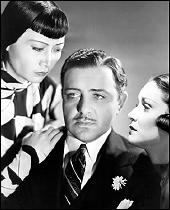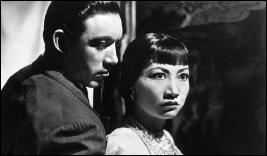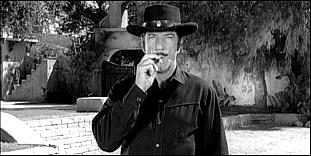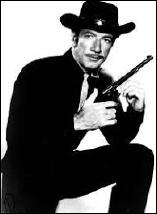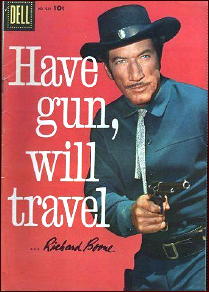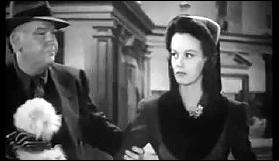REVIEWED BY DAVID VINEYARD:
THE GUILT OF JANET AMES. Columbia Pictures, 1947. Rosalind Russell, Melvyn Douglas, Sid Caesar, Betsy Blair, Nina Foch, Hugh Beaumont, Denver Pyle (debut uncredited). Screenplay by Louella MacFarlane, Allen Rivkin & Devery Freeman, based on the novel by Lenore Coffee. Directed by Henry Levin.

The Guilt of Janet Ames is an uneven film. An oddity in its time of films about the trauma of returning soldiers, it is about the trauma of a war widow (Rosalind Russell in the title role) instead, and more about self-inflicted wounds than grief.
In an era when the psychological film came into its own, it both embraces and dares to poke subtle fun at the genre (a monologue by Sid Caesar that is both very funny and a self-critique appears in the middle of the film), a woman’s picture with a noirish edge, a sometimes too heavy-handed psychological melodrama, a handsomely designed and experimental attempt to show the mental state of its heroine on screen (with Frank Tuttle listed among the design credits), and for a brief section a rather bright romantic comedy of the type its stars were best known for. Einstein and the theory of Relativity even play a role.

It is also schmaltzy, powerful, borderline sadistic, and a fine showcase for Russell and Douglas.
On her way to meet a man, Janet Ames is hit by a car and taken to a local Los Angeles hospital. In her pocket is a Congressional Medal of Honor and a list of five men’s names.
One of those names is Smithfield Cobb (Melvyn Douglas), a once famous reporter who has poured himself into a bottle and has just about hit bottom. He has a last chance if he takes a plane to Seattle at midnight (or does he?), assuming he can get past Danny’s, the dive he hangs out in.
An important metaphor is introduced here, Smitty’s penchant for discussing the George DuMaurier play and novel Peter Ibbetson with the bartender, a story about a man who escapes his prison cell by flights of fancy. It’s never clearly established if that plane ticket is a real chance, or just another escape mechanism.

Smitty used to work the hospital desk before he lost that job too, and the police recognize his name on the list and summon him to identify the woman, and he recognizes her all too well. He carries her picture in his wallet though he never met her.
Janet Ames is only shaken by her accident but is hysterically paralyzed, refusing to leave the hospital or her wheelchair. She turns out to be bitter and angry because her husband David threw himself on a grenade during the war to save five other men. Why did he have to die, and what value did they have in return?
This could easily have played out as a heartwarming story about sacrifice, but to its credit, even when it seems to be going there, something more is at play, because The Guilt of Janet Ames is a mystery, with Douglas cast as detective, defense attorney, and prosecutor, and Russell, as the embittered and unreasonable title character victim, defendant, and plaintiff.

And note the title, it isn’t called The Innocence of Janet Ames.
I won’t give them away, but there are as many twists to this plot as any Agatha Christie novel, and at any given moment, you don’t quite know what you think you do. Ultimately it is about forgiveness, mostly of ourselves, and about the kind of hidden trauma left by the war, any war, among those who fought and who waited.
It worked for me. If the romance is a bit contrived, if the mood is at times uneven, if fate’s Woolrichian hand seems all too obvious in places, the leads pull it off, and it is certainly an interesting film to look at. I would be surprised if any two viewers see this film the same way.
Like the truth in this film, your experience will almost certainly vary.
